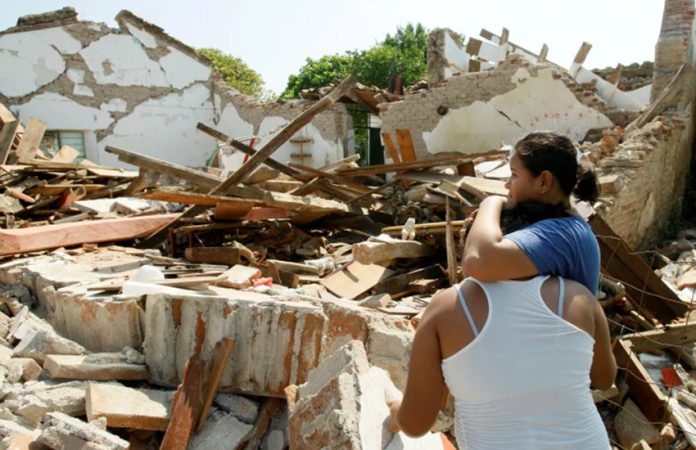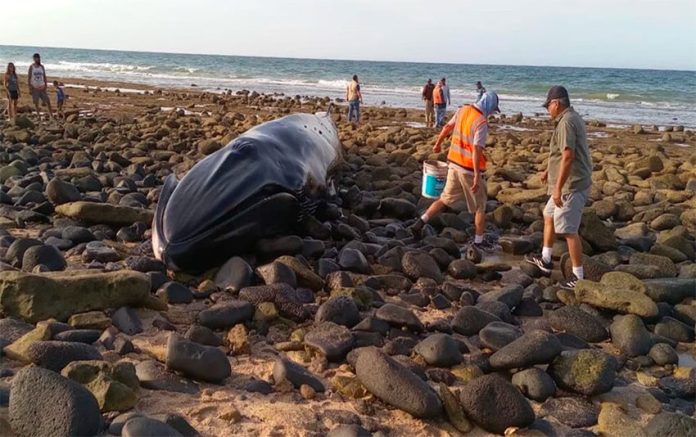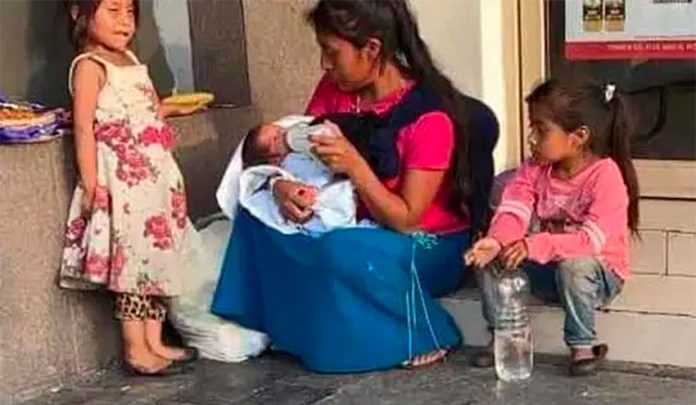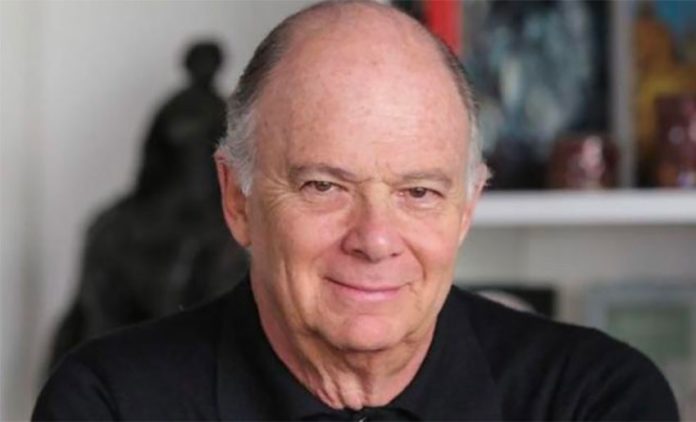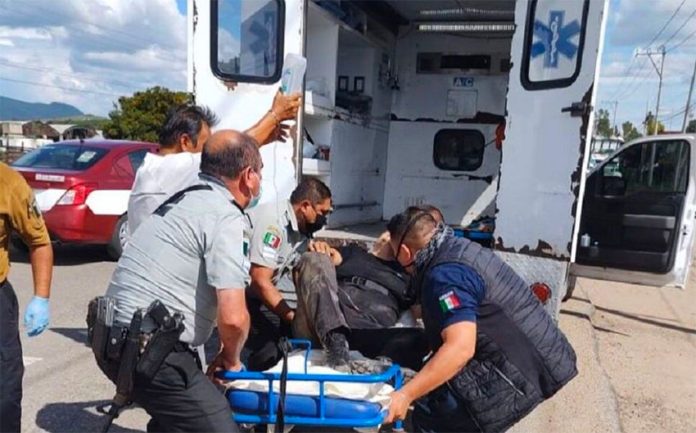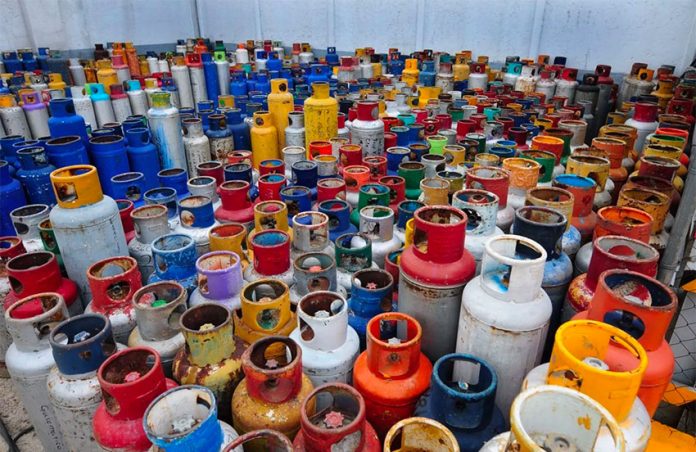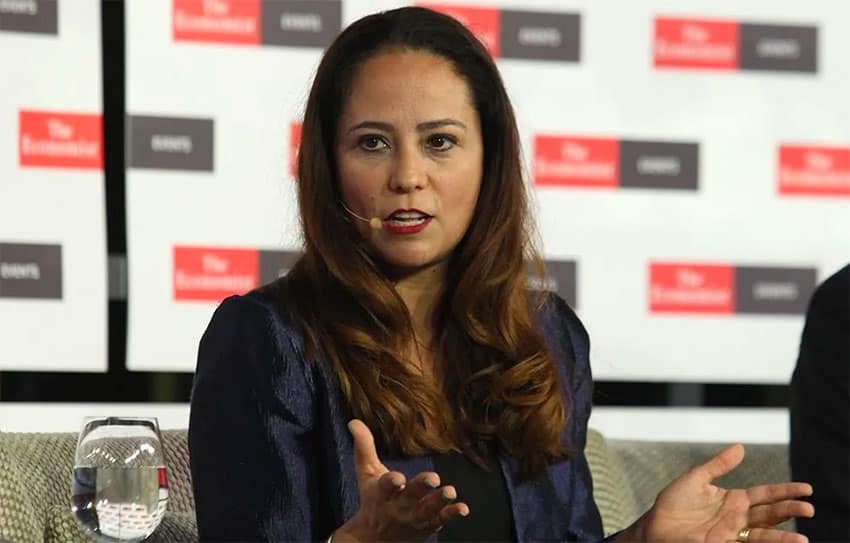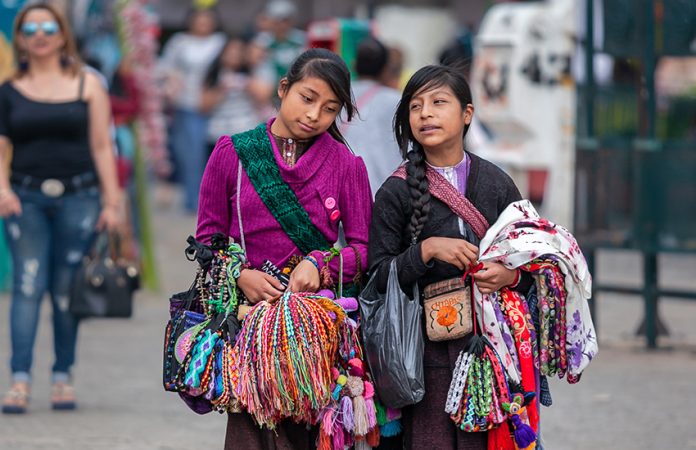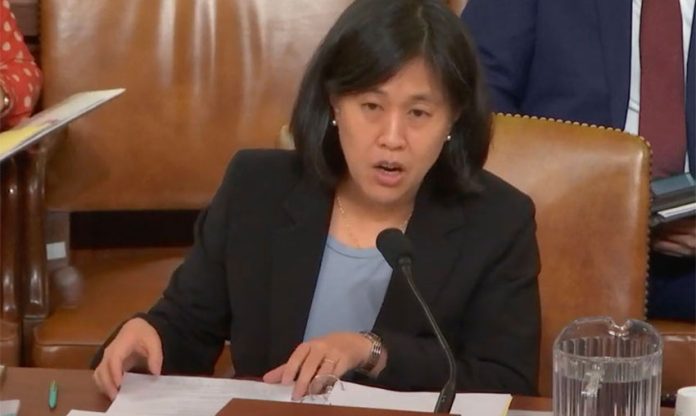Every year on September 19, Mexico holds a nationwide public drill to mark the anniversary of the 1985 earthquake that killed an estimated 9,500 people and devastated families across the country. In 2017, a mere two hours after the commemorative drill, Mexico City trembled again in a magnitude 7.1 earthquake, which killed more than 200 people in the capital and the states of Puebla, Mexico and Morelos.
The Mexican republic is located in a highly seismic region on the planet, as it is crossed by the Trans-Mexican Volcanic Belt, a part of the Pacific Ring of Fire. Additionally, along the west coast of Mexico, the Cocos and North American tectonic plates meet in a subduction zone that creates frequent earthquakes.
Just offshore, the Guerrero Gap presents a particular concern to scientists due to its proximity to Mexico City, which has already suffered multiple devastating earthquakes. Located over a sinking aquifer, Mexico’s capital is particularly susceptible to earthquakes as a result of the compacting of the ancient lakebed on which the city was built.
There are debates amongst seismologists about which parts of Mexico are most likely to yield the next big earthquake. It could be from off Michoacán coast, where, according to the National Seismologic Service (SSN), minor earthquakes occur daily.
It could also be from southeast of the Guerrero Gap, or indeed in the Gap itself, which could produce an earthquake of catastrophic magnitudes.
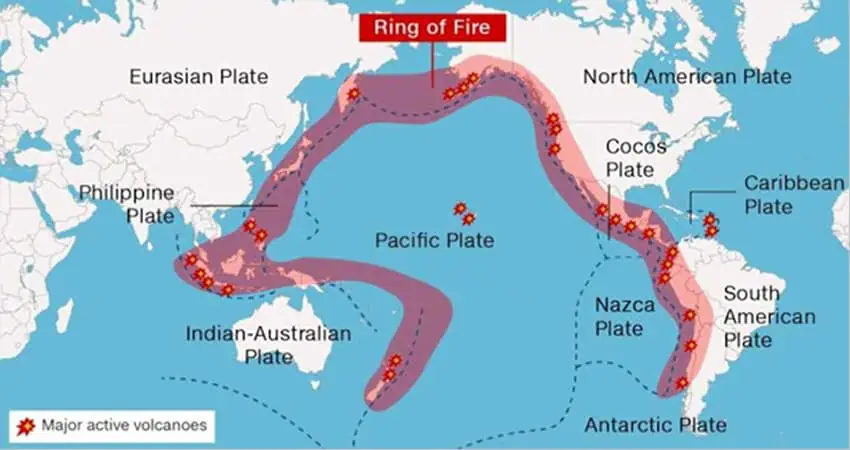
Some of the poorest states in Mexico are among those most prone to earthquakes, including Oaxaca, Chiapas, and Guerrero. They are additionally often subject to hurricanes and floods.
Historically, families in these states have some of the lowest income rates in the country and some of the highest illiteracy rates, which are aggravated by economic and personal losses as a result of natural disasters.
The exacerbation of social disparities as a result of these disasters is in many ways much more difficult to repair than the physical destruction, and it continuously affects everything in a cyclical way.
Earthquakes alone, however, do not cause deaths. Rather, it is the failure to prepare for the eventuality that an earthquake will occur that continues to make them devastating. Structural preparation and a culture of preparedness has been shown to be the way to mitigate disasters, but this is only effective where there is the political will to make it happen.
Take Chile, for instance, which has historically been subject to a large number of high-magnitude earthquakes, including, in 1960, the Valdivia quake, the largest one recorded in the 20th century. Today, the nation is held up as a model of earthquake preparedness.
In 2014, Chile experienced an 8.2 magnitude quake that resulted in proportionately few casualties. And why? Because there were rules and guidelines in place to prepare for it.
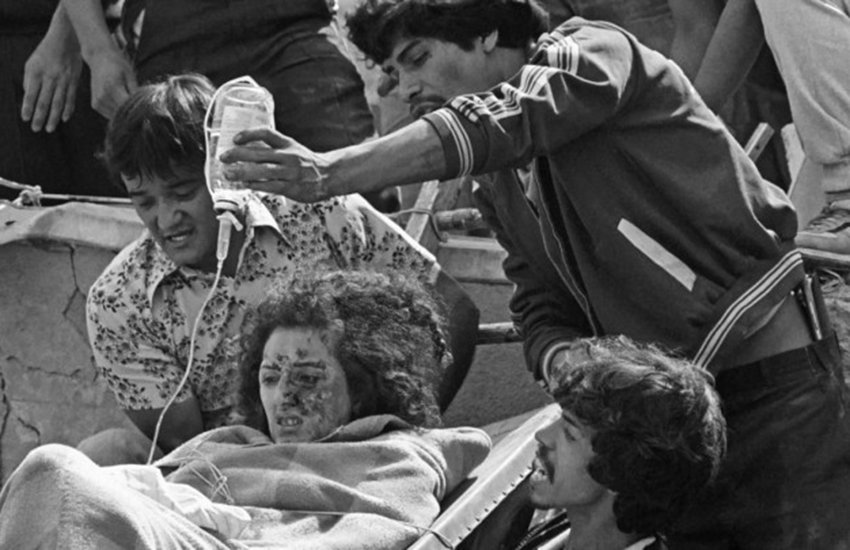
More than one million people were evacuated from coastal areas in a matter of hours, and the country has strict building codes which now require new buildings to withstand a 9.0 magnitude quake without collapsing.
This was not always the case. After the 2010 earthquake and tsunami, which killed thousands, reform of Chile’s national strategies to deal with disasters was not only possible but also popular. The failure to prepare for the 2010 quake exposed the need for a dialogue between the people on the ground in coastal communities and the legislators in government whose policies determine how risks are mitigated and disasters are managed.
Chile’s example offers up some big-picture solutions for countries across Latin America, and indeed for earthquake-prone regions across the globe.
Earthquakes in countries along tectonic boundaries are an unavoidable part of nature’s law. Notwithstanding the fact that these events are necessarily going to happen, they do not have to be devastating to communities, and to nations, if widespread structural change is made.
In Mexico, this means opening a dialogue between the people in power who are responsible for disaster risk management and those living their day-to-day lives in constant apprehension of the next catastrophe.
Ultimately, earthquakes are far from mysterious acts of God. They are natural disasters that nations can, and must, prepare for in order to not simply maintain a damaging status quo with regards to their disaster response (or lack of). The real question at hand is not whether Mexico is awaiting another earthquake of the magnitudes of 1985 and 2017, or whether the country must get used to smaller earthquakes occurring consistently over time.
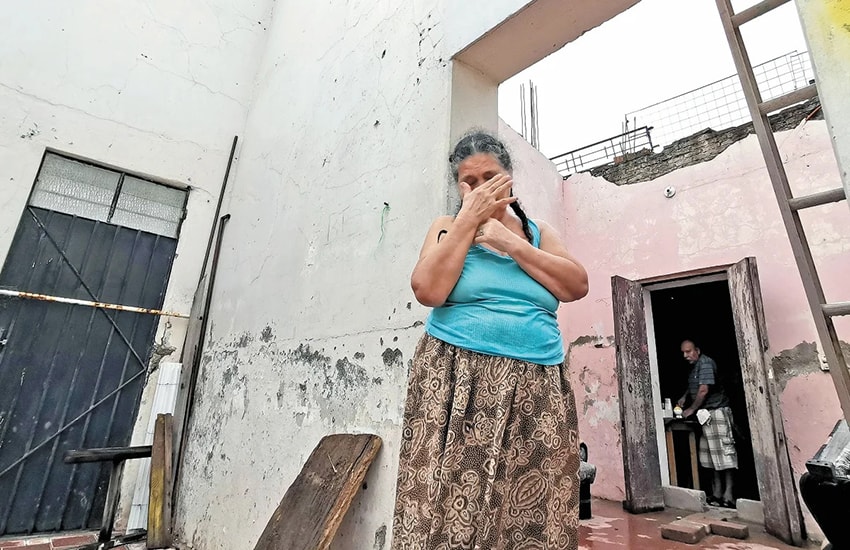
The real question is whether the powers-that-be have an interest in fighting the legislative battles necessary to ensure that when the next earthquake does strike — as it certainly will — a safety net will have been fixed in place.
It is already too late to be talking about earthquakes when they occur; instead, discussions must happen during the gaps in between — when there is the time and the space to do something about them.
The time to be talking about earthquakes is now.
Shannon Collins is an environment correspondent at Ninth Wave Global, an environmental organization and think tank. She writes from Campeche.
